Meet the Mozambican acting before climate disasters strike
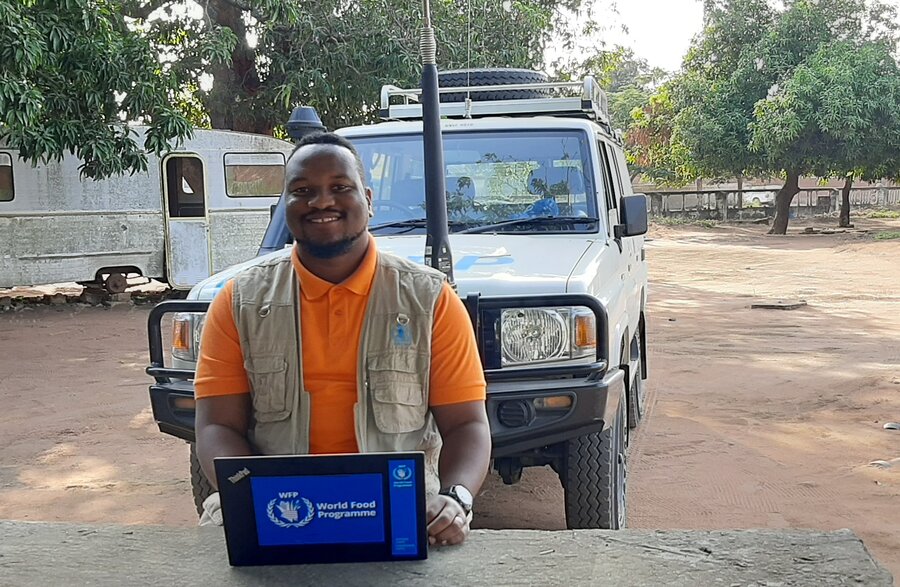
Benvindo Nhanchua, a climate expert for the
World Food Programme (WFP) in
Mozambique, remembers a girl being born up a tree during
the devastating floods of 2000, when at least 700 people
were killed and 650,000 displaced in the country.
“This is not an urban myth,” he says. “The mother saw the
tree as the only way to escape from the devastating floods
and give birth to her child.”
“Twenty-two years later the girl born up in a tree is
finishing college,” says Nhanchua. Coincidentally, she
also works as as intern at the Mozambique National
Institute for Disaster Risk Management (INGD), a main
partner of WFP, where Nhanchua has worked for the past
three years.
Having grown up in Maputo, the capital of Mozambique, Nhanchua is no stranger to extreme weather. As the country marks three years since cyclones Idai and Kenneth, he says he has noticed more frequent and consecutive climate hazards than he can ever remember.
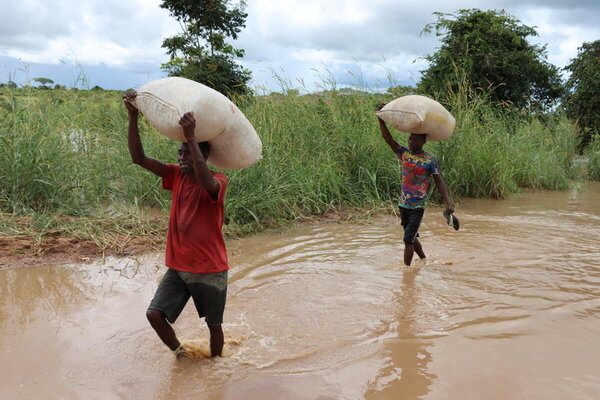
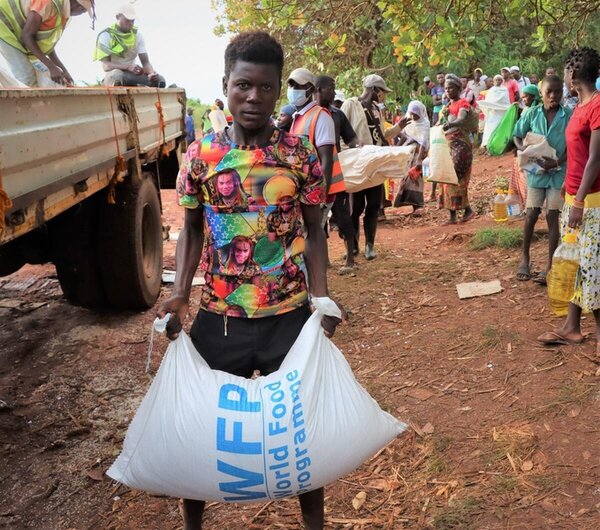
“Recently, tropical cyclone Gombe caused serious damage in
the north,” he says. Gombe made landfall on 11 March, with
winds of 185km per hour killing 61 people and affecting
more than 400,000 in the provinces of Zambezia, Nampula,
Tete, Manica and Sofala – just as people were picking up
the pieces from tropical storm Ana in January.
The best way to save lives, livelihoods and money in an
emergency, “is
to act before disaster strikes,” says Nhanchua. However, to be effective, funding is
key and the increase in the frequency of climate shocks
comes at a time when WFP forecasts to raise less than half
of the US$ 21.5 billion it needs to assist 147 million
people in 2022.
This is a year of ‘unprecedented needs’,
WFP warns, as climate shocks, conflict, COVID-19 and the
costs of food and fuel – driven ever higher by the
war in Ukraine – push 48.9 million people to the
brink.
Nhanchua recalls the droughts of 2015-16 “when there was
no early warning system in place”. Linked to the El Niño
climate phenomenon, they had a devastating impact on the
harvests of 2017-18, he explains. “By the time the
Government and aid organizations realised there were
extreme drought conditions in the south of the country,
the impact was already huge.”
WFP and Government partners have since been strengthening
their capacities to prepare for and respond to disasters
including floods, cyclones and drought. One of the ways
they are doing this is with
early warning and anticipatory action
– flagging upcoming hazards and triggering assistance
before disaster strikes.
Unprecedented needs threaten hunger catastrophe
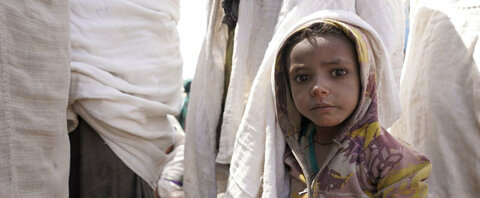
The European Union and the Norwegian government have
contributed over US$4 million to get this started, but
much more funding is needed. The basic idea of the
early warning system “is to have a mechanism that will
allow us to preview drought and act before the impacts
cause food insecurity” – mitigating the effect on the
lives and livelihoods of local communities. But it’s not
as simple as just a weather forecast. There are three
agencies - the National Meteorology Institute, the
Ministry of Agriculture and the National Directorate for
Water Resources Management - that come together to analyse
satellite data, on-the-ground information from rain gauges
and the conditions of crops. This information is combined
and measured against agreed thresholds to see what level
of assistance is required.
“WFP has a traffic light system for alerts that determines
what type of actions should take place,” he says. “This
could include installing irrigation systems,
rehabilitating water supply systems or distributing
drought-tolerant seeds. Food or vouchers might also be
distributed if that’s what is needed.” The best way to do
this is through systems that are already set up, like
school meals or social protection programmes. It’s crucial
that any actions taken are combined with others to
maximize the protection they provide against future
shocks.
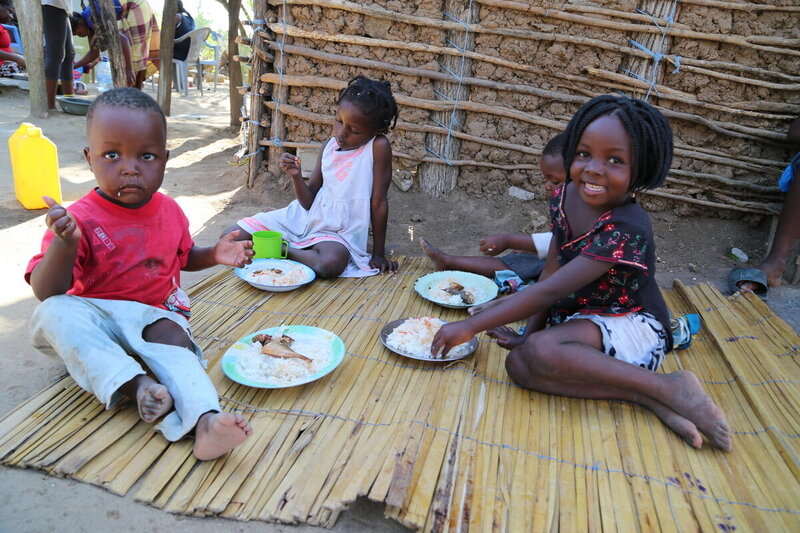
Climate change is making extreme weather events more
frequent and severe, but the consensus is that the
humanitarian community cannot just focus on disaster
response. “If we wait until after a shock, the impact will
be higher, the need for funds will be higher and
communities would be much more vulnerable,” says Nhanchua.
“We must build people’s resilience, try to reduce the impact and change the status quo of
the communities and the humanitarian sector in
general."
Nhanchua and his team are working towards a possible
activation of anticipatory actions in June during the next
rainy season, as early predictions suggest drought is
likely. This would mean using the early warning data to
determine the necessary assistance and provide it to local
communities before the worst impacts of the drought
materialize. Nhanchua and his team are not wasting any
time: “We are ready to act.”


